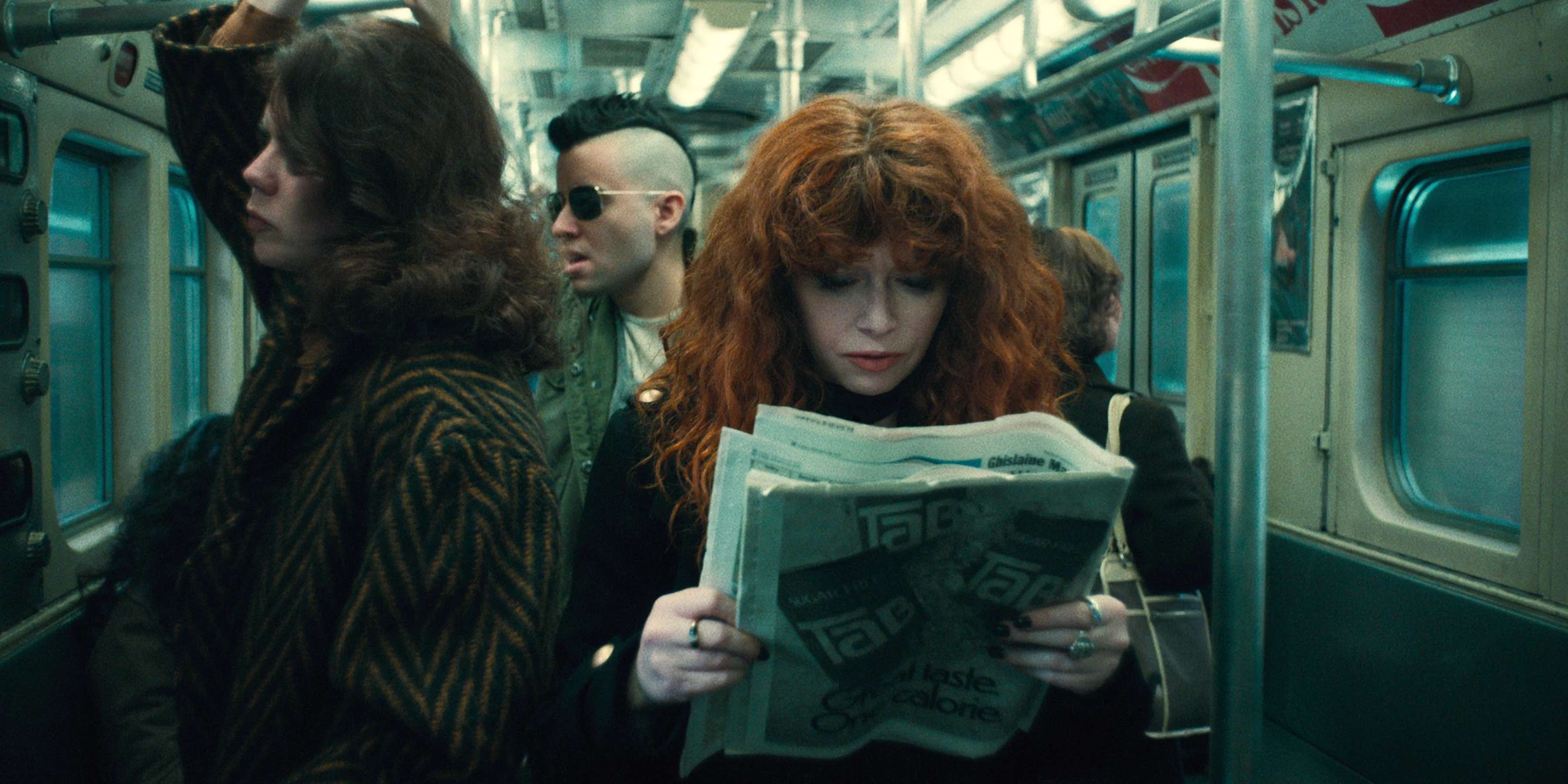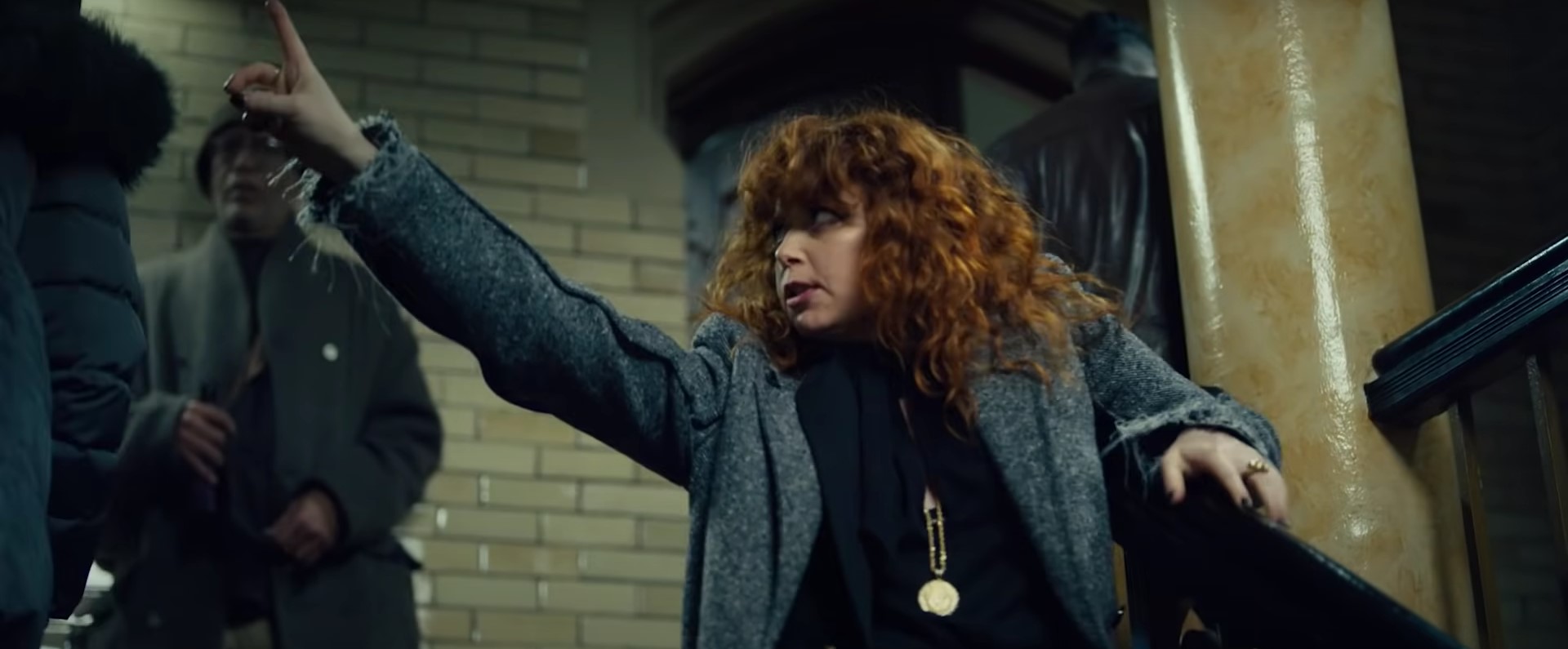Netflix’s ‘Russian Doll’ combines science fiction, fantasy, and Jewish culture to tell a story about a woman’s struggle with her trauma. Nadia Vulvokov (Natasha Lyonne) is a brash and chaotic New Yorker. In the first season, she finds herself stuck in a time loop, in which every time she dies, she goes back to her 36th birthday party.
In season 2, Nadia discovers that she can travel back to the past every time she takes the 6 trains from 77th Street. After dealing with existential crisis and trauma stemming from a troubled childhood with her mother, Nadia seeks to rewrite her past as she literally gets to inhabit the mind and body of her mother and grandmother. The title of ‘Russian Doll’ refers to the complexity of Nadia’s personal struggles. Here is everything you need to know about it. SPOILERS AHEAD.
What Is the Meaning of Russian Doll Title?
Like the series itself, the title seems to have multiple meanings. Lyonne co-created the series with Amy Poehler and Leslye Headland, drawing from her personal experience and adding an element of magic realism. Poehler was reportedly the one that suggested the title. According to Lyonne, it is meant to show Nadia is a character that “has an external presentation that we all put out into the world and, once you take the deep dive, has this whole other person working in there.”

“The idea that we had come up with was choose your own adventure style, where you could make a choice to try every person out at a party, but who would still be stuck with themselves at the end. And that’s the person you were really going to have to look at.” The ‘Orange Is the New Black’ actor added.
Russian Dolls, also known as the Matryoshka dolls (or babushka dolls or nesting dolls), are one of the well-known symbols of Russian culture. The literal translation of the Russian term “Matryoshka” is “little matron.” A set of Matryoshkas is generally made of eight wooden progressively smaller but often similar-looking dolls. They can be opened in the middle to reveal a smaller doll inside. While the outermost doll is almost always a woman, the gender varies for the inside ones.
The first Matryoshka doll was reportedly created in 1890 by woodcarver Vasily Zvyozdochkin, using the design made by painter Sergey Malyutin. Some speculate that the inspiration for the Matryoshka came from different Japanese dolls, including the Fukurama figurines and Honshu dolls. As a metaphor, the Matryoshka dolls symbolize the feminine side of Russian culture. The Matryoshka also represents the concept of Mother Russia. Over the years, the dolls have become popular collectibles among tourists.
Through the title, the series’ creators also seem to underscore the complex relationship that Nadia shares with her family. This becomes even more apparent in the second season, where Nadia ends up with the body and mind of her mother and grandmother. Moreover, the final episode is named ‘Matryoshka.’ The title also likely enunciates Nadia’s Slavic roots. Although Nadia’s surname, Vulvokov, is reportedly fictional and was developed from the word “vulva,” the character is nonetheless an Ashkenazi Jew, so she does have some connection to that region.
Read More: What Time and Places Is Russian Doll Season 2 Set in?


You must be logged in to post a comment.